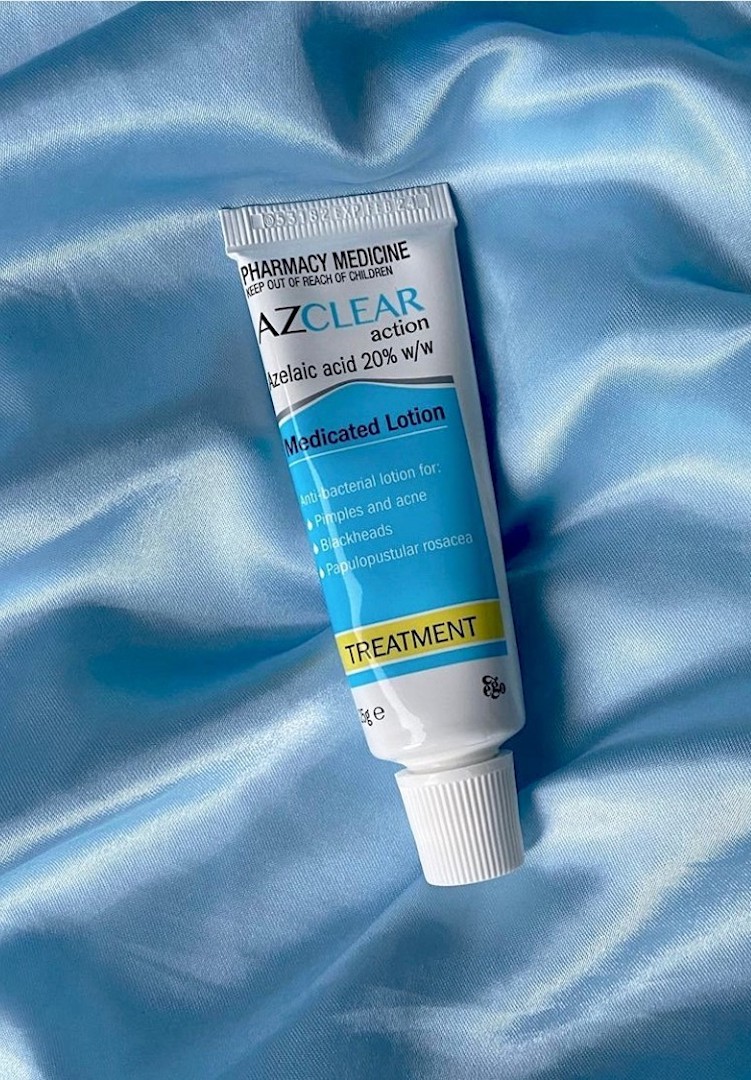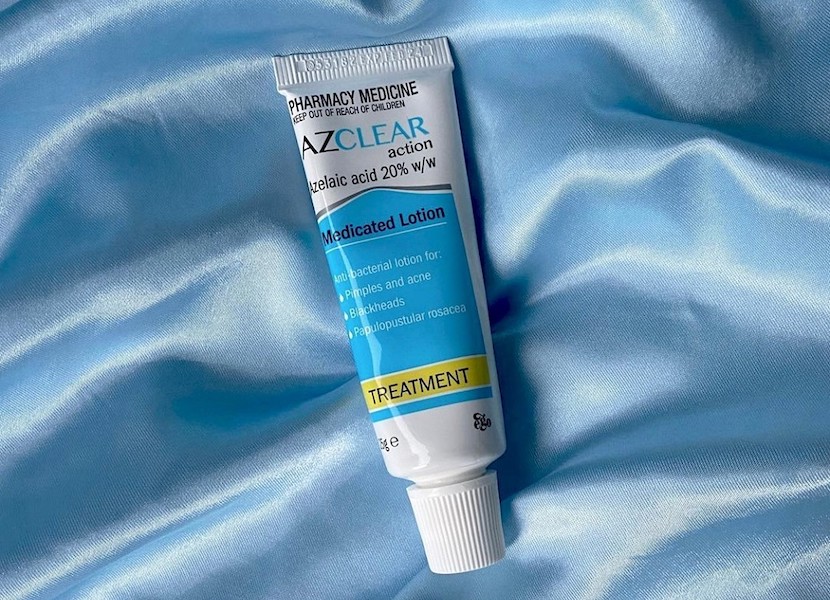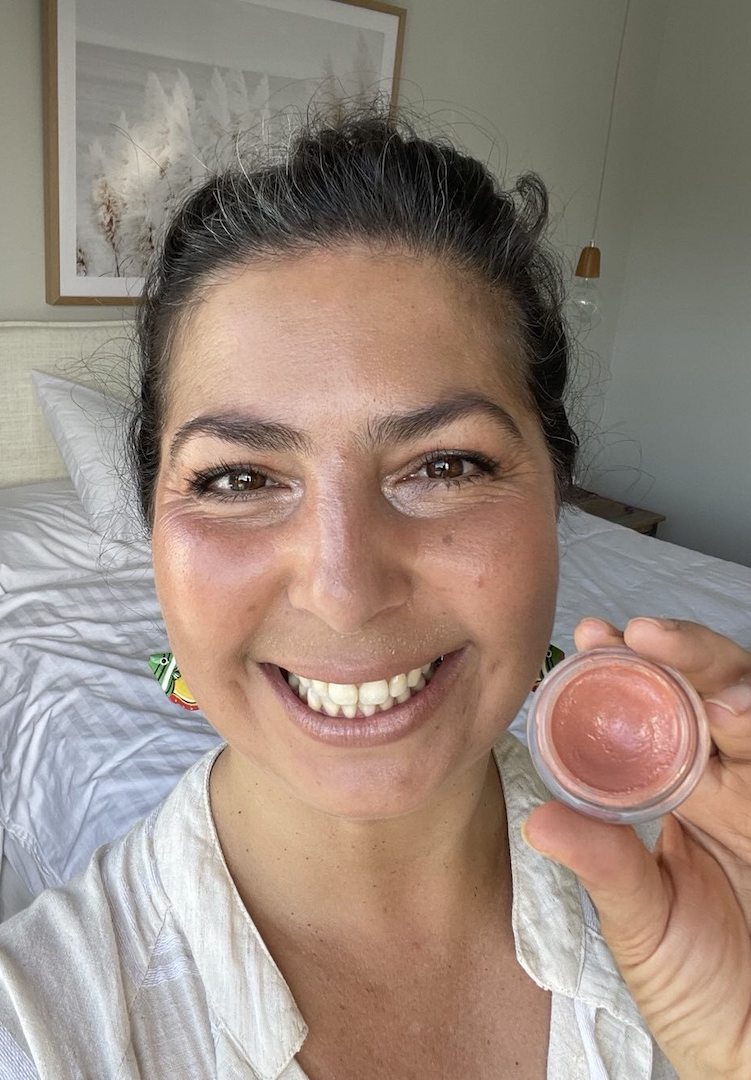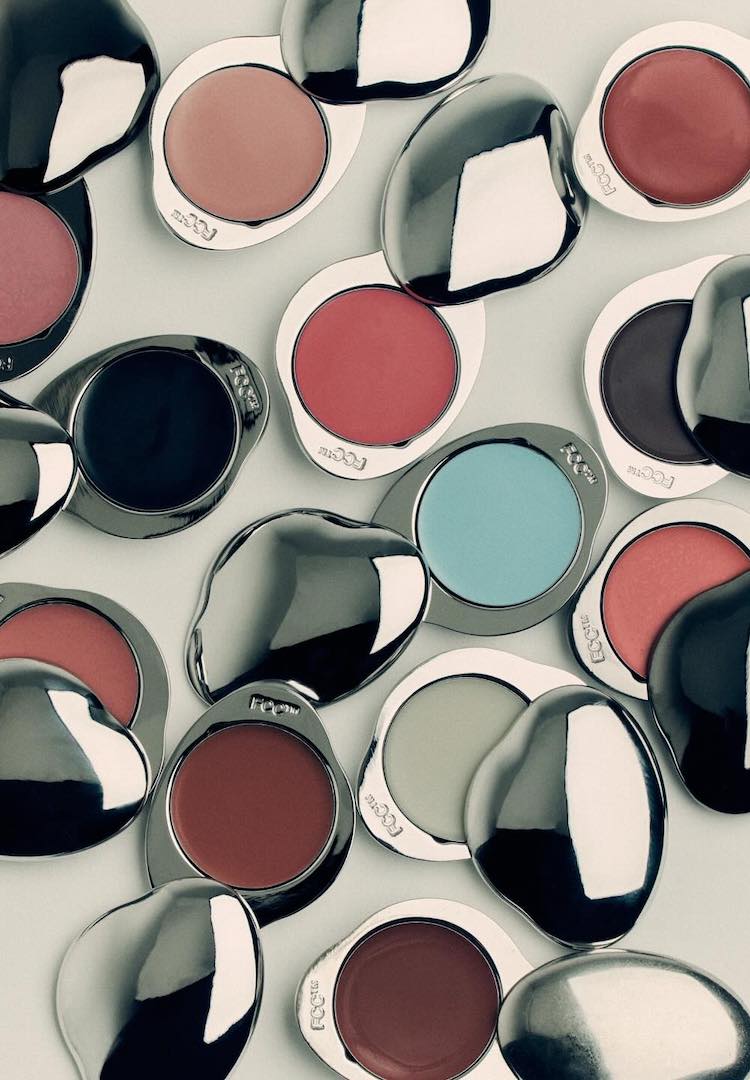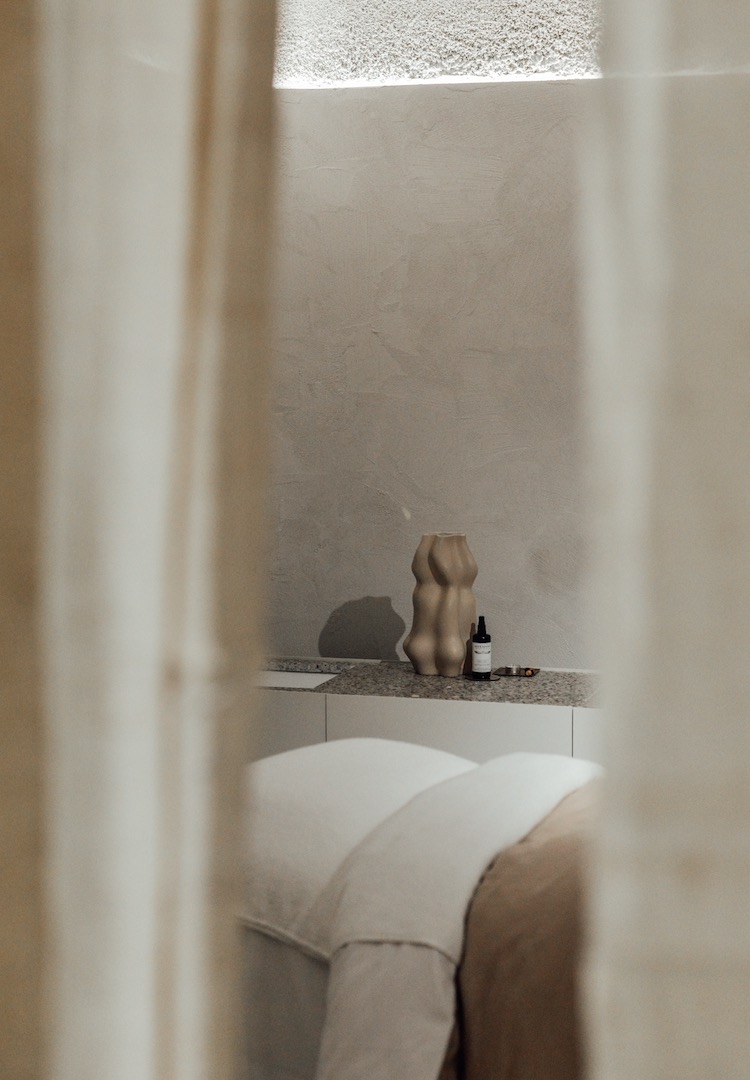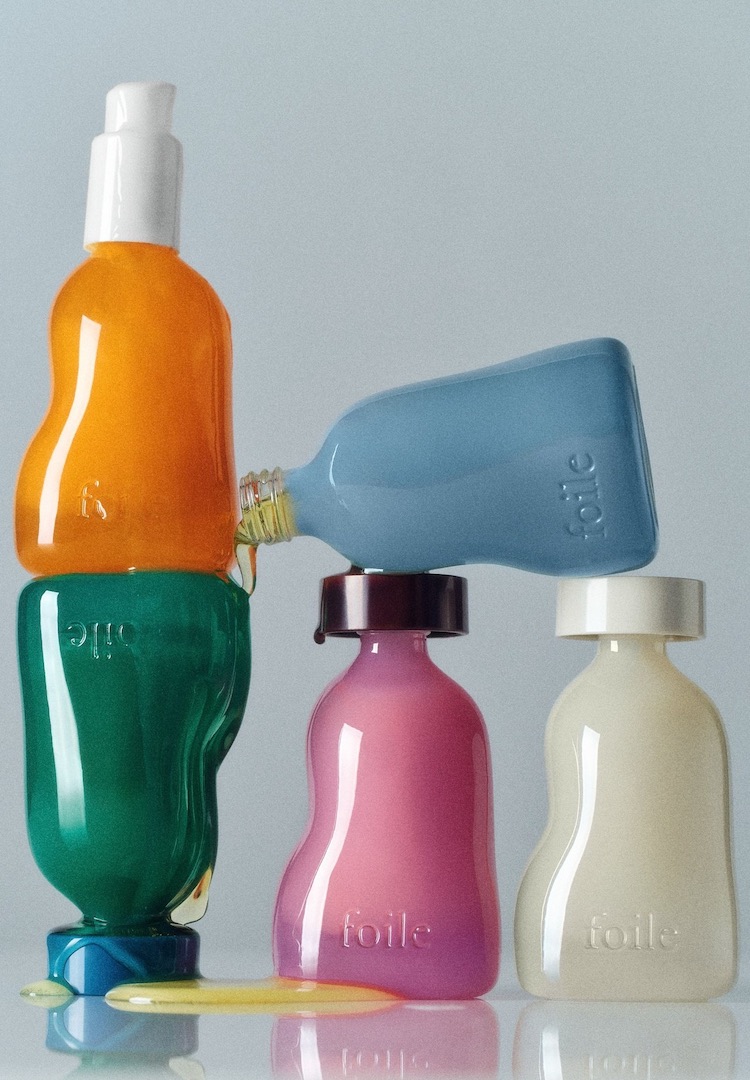This $19 tube of azelaic acid cream is an underrated acne treatment
Image via @azclear / instagram
WORDS BY LARA DALY
My favourite way to get rid of a pimple.
Pimples, blemishes, acne, zits – whatever you call them, at some point in your life, chances you’ve had them. Maybe, like me, you were told they were something you’d “grow out of” after high school. Lies! All through my twenties, I had at least one red bumpy friend living rent-free on my face.
And over the years, I’ve tried everything to get rid of them: tubes of Clearasil, tea tree oil that stings, pink sulphur that stinks, pimple patches, Proactiv treatment (if it worked for Kendall Jenner…), prescription tretinoin that made my skin flake like a croissant. The list goes on.
We like nosy people. Don’t be shy, head to our Beauty section for more.
If you’re also someone who gets breakouts, I’m sure you know your benzoyl peroxide from your salicylic acid. But somewhere amongst the ABCs of skincare, a lesser-known ingredient flew under the radar. At least, it did for me, as I only just discovered it as a 30-year-old woman.
See, I’d been trialling all sorts of facials lately (in the name of journalism) and whenever I asked the facialist what I should be using at home, they all mentioned ‘azelaic acid’. Never heard of her! But I was told it would help make pimples smaller, less red and less likely to scar, so the next time I was at Chemist Warehouse, I picked up a $19 tube of Azclear. After using it for only a week, I was honestly shook by how well it was working.
Here to break down more about this underrated ingredient is Melbourne-based Dermal Therapist, James Vivian, founder of Viviology.
So, what is azelaic acid?
Azelaic acid is a skin-friendly dicarboxylic acid used in topical skincare. What this means, according to James, is that it’s “a versatile and multitasking active that works to treat a variety of skin concerns with its natural anti-inflammatory, antibacterial and antioxidant properties.”
What are the benefits of azelaic acid in skincare?
Azelaic acid offers several skincare benefits as it’s used for treating acne, rosacea and hyperpigmentation. “It’s known to be a gentle exfoliant, [working to] reduce blemishes, even skin tone and soothe sensitive skin,” James explains.
How does azelaic acid work?
“Azelaic acid can kill acne-causing bacteria, calm redness, swelling and irritation, and help normalise the shedding of skin cells inside pores, preventing clogged pores and the formation of blackheads,” James says. “It also inhibits an enzyme called tyrosinase, which is involved in melanin production, thereby reducing hyperpigmentation, post-acne marks, and melasma over time.”
Who is azelaic acid suitable for?
The beauty of this ingredient is that it’s suitable for a broad range of skin types and concerns, even sensitive skin. “I recommend introducing azelaic acid into my clients’ skincare routines if they’re experiencing acne, rosacea or hyperpigmentation. What I love about the ingredient is that it can be used alongside other actives, however it’s crucial to introduce it gradually,” James says.
“Pay attention to how your skin reacts, especially if you have sensitive skin. You might find you use azelaic acid more like a spot treatment to target specific areas of breakouts and redness when things flare up.”
Are there any side effects of using azelaic acid?
Some common side effects can include mild skin reactions like burning, stinging, tingling, itching, redness, dryness, or scaling. “These reactions should subside but if they are persistent, you should consult your doctor,” James tells me.
What other skincare pairs well with azelaic acid?
“When it comes to at-home care for acne and redness, the goal is to calm the skin while gently clearing congestion, without stripping or stressing the barrier,” James explains. “We want to treat inflammation and breakouts at the same time, and that’s where a considered, consistent routine really shines.
James recommends a gentle foaming cleanser as a first step for acne-prone or reactive skin, followed by a niacinamide serum to regulate oil production, reduce redness and reinforce the skin barrier. “Then go in with your azelaic acid to calm active breakouts, reduce redness and sensitivity, and gently fade post-acne pigmentation. You can use it after niacinamide or on alternating nights with exfoliants. It’s a brilliant all-rounder!”
For more on skincare for acne, try this.


